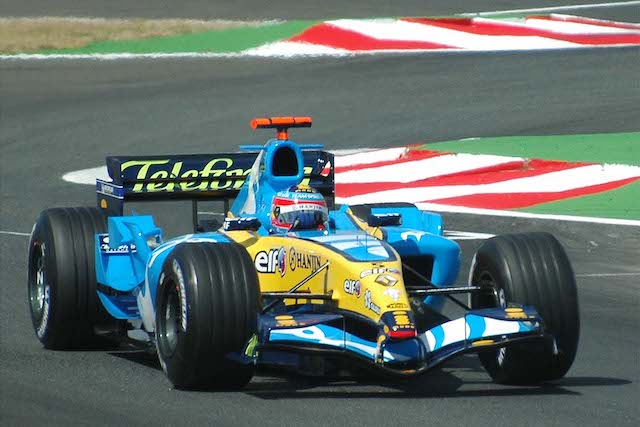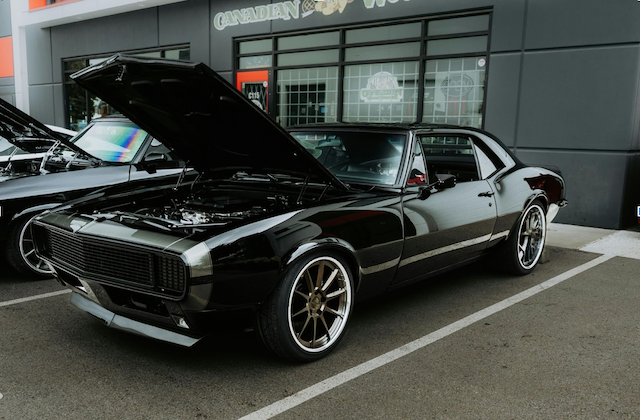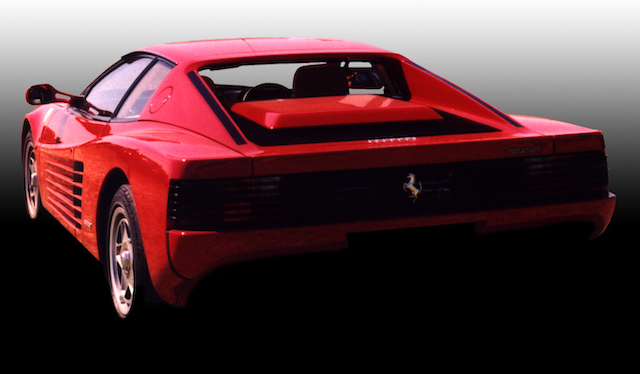How Car Racing Today Has Changed
Car racing has undergone significant transformations over the years. From its humble beginnings on open roads to the technological marvels seen in modern-day races, the sport has evolved tremendously. Today’s races are faster, safer, and more engaging than those in the earlier days. With advancements in technology, race strategies, and fan engagement, car racing has changed the way both drivers and spectators experience the sport.
The evolution of car racing today
Car racing today is quite different from the early days of car racing when vehicles were much simpler. Most race cars were modern versions of everyday road cars. The engines were basic, and the overall design focused on durability rather than speed or aerodynamics. Today’s cars are engineered with precision, and every part is designed for maximum performance. These advancements have made races more competitive, with speeds reaching levels that were unimaginable a few decades ago.
Modern race cars use cutting-edge technology such as hybrid engines, advanced aerodynamics, and lightweight materials. For example, Formula 1 cars now have hybrid engines that provide a balance of power and fuel efficiency. This shift to more advanced power units has changed the dynamics of racing, as teams now focus on fuel conservation and energy recovery strategies alongside raw speed.
Safety innovations in car racing
Safety has always been a concern in car racing, but the measures taken today are far more advanced than those used in the past. In the early days, there were minimal safety features in race cars. Drivers often wore little protective gear, and cars lacked reinforced safety structures. The risks were far higher, and accidents could be fatal.
Today’s racing cars are equipped with safety features like reinforced cockpits, fire-resistant materials, and advanced crash barriers. The introduction of the Halo device in Formula 1 is one of the most significant safety advancements. This protective structure around the driver’s head has saved lives in recent years by preventing serious head injuries. Additionally, modern race cars are equipped with advanced seatbelts and HANS devices, which significantly reduce the risk of injury during high-speed crashes.
Impact of digital technology
The digital revolution has transformed car racing, especially in terms of strategy. In the past, race strategies relied on a team’s experience and intuition. Today, digital technology plays a pivotal role in making real-time decisions during races. Teams use sophisticated software and telemetry systems to gather vast amounts of data from their cars. This data helps engineers and drivers make adjustments mid-race to improve performance.
For example, race engineers can monitor tire wear, engine performance, and fuel levels in real-time. They use this data to advise the driver on when to push harder or conserve energy. Advanced data analytics have also enabled more precise race strategies, such as determining the optimal pit stop times and tire choices.
Growth of motorsport fan engagement
In the past, car racing was a more exclusive sport, primarily enjoyed by those who could attend events in person. Broadcast coverage was limited, and fans had fewer ways to interact with the sport. Today, fan engagement is a central focus for racing organizations, and the fan experience has expanded far beyond the physical track.
With the rise of social media, racing teams and drivers can now interact directly with fans. Platforms like Twitter, Instagram, and YouTube allow fans to follow their favorite drivers, access behind-the-scenes content, and engage with the racing community. Live streaming of races, interactive apps, and virtual experiences have made it possible for fans to enjoy races from anywhere in the world.
Furthermore, many races are now broadcast in multiple languages, making the sport more accessible to a global audience. The widespread availability of high-definition broadcasts and on-demand streaming has also enhanced the way fans consume racing content. This level of accessibility was unimaginable in the early days when race coverage was limited to radio broadcasts or brief television segments.
Sponsorship and commercialisation
The financial landscape of car racing has undergone a dramatic shift over the years. In the past, car racing was often funded by wealthy individuals or private teams. Sponsorship was relatively limited, and race teams relied heavily on personal investments. However, today’s racing series have become highly commercialized, with major global brands sponsoring teams, events, and entire racing series.
Large corporations invest significant sums in motorsport, and sponsorship has become a primary source of funding for many teams. Brands like Red Bull, Mercedes-Benz, and Shell are not only sponsors but integral parts of the racing ecosystem. Their involvement has led to higher levels of professionalism, with teams having access to state-of-the-art facilities, top-tier engineers, and cutting-edge technologies.
Additionally, the commercialization of racing has expanded the sport’s reach, with more events and races taking place worldwide. Formula 1, NASCAR, and other major series have transformed into global spectacles, with races held in cities across the world. This expansion has brought racing to new markets and introduced the sport to a diverse range of fans.
Hybrid and electric racing cars
One of the most significant changes in car racing today is the introduction of hybrid and electric vehicles. Traditional combustion engine-powered cars dominated racing for much of the sport’s history. However, as concerns over environmental sustainability have grown, there has been a shift toward more eco-friendly racing technologies.
Formula E, a racing series for fully electric cars, is one example of how electric vehicles have entered the competitive world of car racing. The series has gained popularity in recent years, offering a unique blend of cutting-edge technology and fast-paced action. Hybrid cars, which combine traditional internal combustion engines with electric motors, are now used in some of the world’s biggest racing events, such as the 24 Hours of Le Mans.
This shift to more sustainable racing vehicles has sparked debates about the future of motorsport. However, it also highlights how car racing has adapted to changing times, embracing new technologies and environmental concerns.
Esports
Another way in which car racing has changed is through the rise of esports. Esports have become a major part of the racing world, with virtual racing games like iRacing and Gran Turismo allowing fans to simulate real-life racing experiences. Today, many professional drivers use simulators to practice, and virtual racing events are held with real-world prizes at stake.
Esports have brought new audiences to car racing. Younger generations, who may not have access to traditional motorsport events, can now participate in virtual races from the comfort of their own homes. The accessibility of virtual racing has made the sport more inclusive, attracting people from all walks of life.
Additionally, esports have paved the way for crossovers between traditional car racing and gaming. Some racing series now hold official esports tournaments, allowing gamers to race in simulations of real-life events. These virtual races often feature professional drivers alongside amateur gamers, creating a unique blend of the digital and physical worlds.
Data and AI
Artificial intelligence and machine learning have become integral to car racing today. In the past, race strategies were largely determined by human intuition and experience. Today, advanced AI algorithms are used to analyze large datasets and make predictions that improve race performance.
AI can be used to simulate various race scenarios and provide teams with insights into how different factors—such as weather conditions, tire wear, and traffic—will impact the race. This level of analysis allows teams to make smarter decisions and adjust their strategies on the fly. AI-powered tools are also used to optimize car setups, helping teams fine-tune everything from suspension settings to aerodynamics.
The use of AI in car racing is still in its early stages, but it has already started to reshape the sport. As the technology evolves, it will likely play an even more significant role in race preparation and strategy.
Global expansion
Car racing today is a truly global sport. In the past, racing events were mostly in specific regions. Today, major racing series like Formula 1 and MotoGP travel the world, with races held in countries across five continents. This global expansion has brought car racing into the mainstream, with millions of fans from different cultures and backgrounds.
The international appeal of car racing has also influenced the types of cars and racing series that dominate the sport. Different regions have their own racing traditions, with events like the Monaco Grand Prix, the Indy 500, and the Dakar Rally showcasing diverse types of racing. As the sport continues to expand, car racing’s global influence will only grow.
Modern era
Car racing today offers a level of excitement and sophistication that was unimaginable in its early days. Advancements in technology, safety, fan engagement, and sponsorship have elevated the sport to new heights. While the thrill of the race remains unchanged, the experience has changed. Fans today enjoy more immersive, faster, and safer races than ever before. As technology continues to advance, car racing will evolve even further, ensuring its place as one of the world’s most thrilling sports.
Expose your brand at the East African Safari Classic Rally05 – 13 December 2025
|






